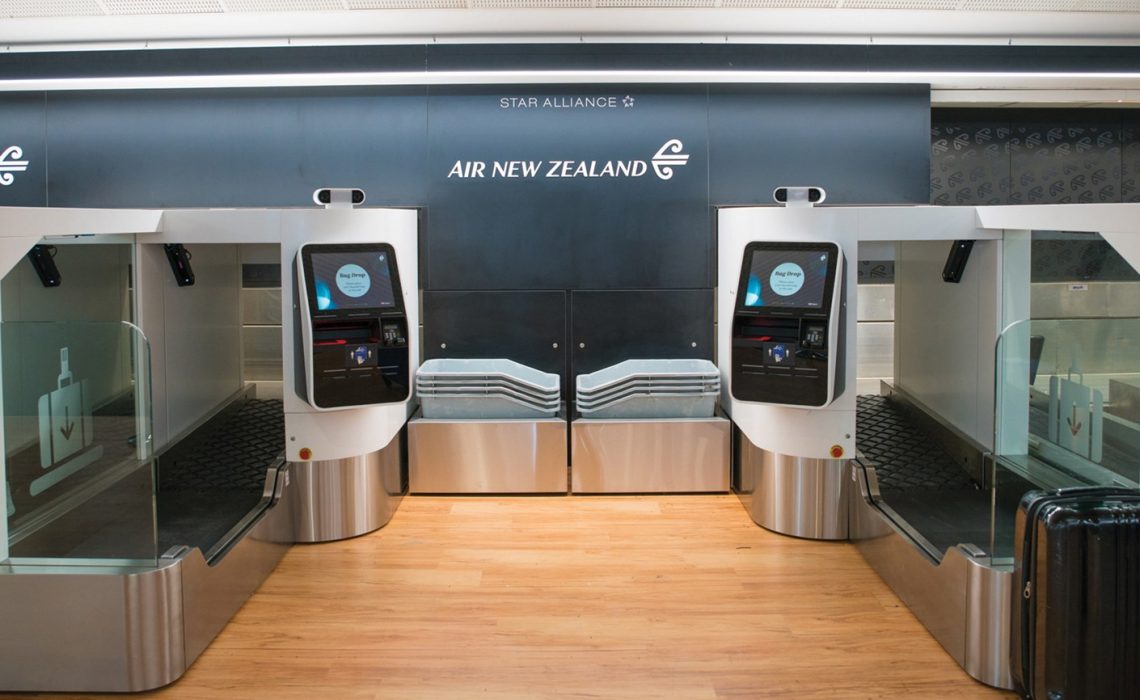
You might also like:
AUCKLAND, New Zealand — Air New Zealand CEO Christopher Luxon said there’s a simple reason why the carrier chooses to put a sharp focus on innovation.
“If it is good for the customer, it will be good for us commercially,” he said in an interview at the annual Tourism New Zealand Trenz conference here. “That’s very much our mindset. We are just fixated on improving all aspects of the customer journey.”
Air New Zealand, which in February unveiled its latest innovation — a chatbot on its website that uses artificial intelligence to answer and learn from customer queries — has long been known for its development of unique products and technologies.
In 2010, for example, the company released the economy Skycouch, which Luxon calls the only economy lie-flat seat in the sky.
Skycouch flyers can transform their row of three economy seats into the couch by extending flaps that tuck underneath the seats. The row then becomes a couch long enough to enable children to sleep on it as well as adults who curl their knees.
In the past two years alone, Air New Zealand has rolled out a series of innovations that have won awards and in some cases blazed a trail that other airlines are likely to follow.
Notable among them is the Airband, unveiled in November 2015. It’s a wristband with an embedded chip that is worn by children traveling alone. Luxon said the Airband was inspired by Disney’s MagicBand.

At key stages during the course of the child’s travels, the chip is scanned, and parents are sent texts notifying them that their son or daughter is still on track. The CAPA Centre for Aviation selected the Airband as its innovation of the year for the Asia-Pacific region at its 2016 awards ceremony.
Also in late 2015, Air New Zealand introduced self-service, biometric bag drops at the Auckland airport. At the bag drop kiosks, passengers scan their boarding pass and passport as their photo is taken by a biometric camera. If the photo matches up with the documents, passengers are cleared to place their bags on a conveyor belt for check-in. No ticket agent is necessary.
Other recent innovations put forward by the carrier include business-class drink trays made with 3-D printing and a coffee service feature on the Air New Zealand app.
The use of 3-D printing enables the airline to replace broken trays faster and cheaper than it could using traditional manufacturing methods. Users of the coffee feature store the type they like on their app. Then when they enter an Air New Zealand lounge, the app automatically asks if they’d like that type of coffee. When the answer is yes, the order is placed with a barista. The app has thus far played a role in serving 2 million cups of coffee, according to Air New Zealand.
Luxon said that in making decisions related to innovations, Air New Zealand keeps a sharp focus on customers’ needs. The Airband reduces a parent’s anxiety, for example. Biometric bag drops speed up the check-in process. The Skycouch eases family travel.
“If you are going from London to New Zealand, that is a 24-hour flying experience, and so you have to understand a mother traveling with young children,” Luxon said.
Despite the success of more recent Air New Zealand innovations, Luxon said the Skycouch remains his favorite.
As for the future, he said, Air New Zealand has many more innovations planned, though he declined to say what they might be.
However, Roger Gray, the company’s general manager of airports, did offer a clue during a panel discussion at Trenz.
“We expect to see bots taking over a whole lot of repetitive tasks that are currently filled by staff and driving efficiencies for us,” he said.
Sоurсе: travelweekly.com
